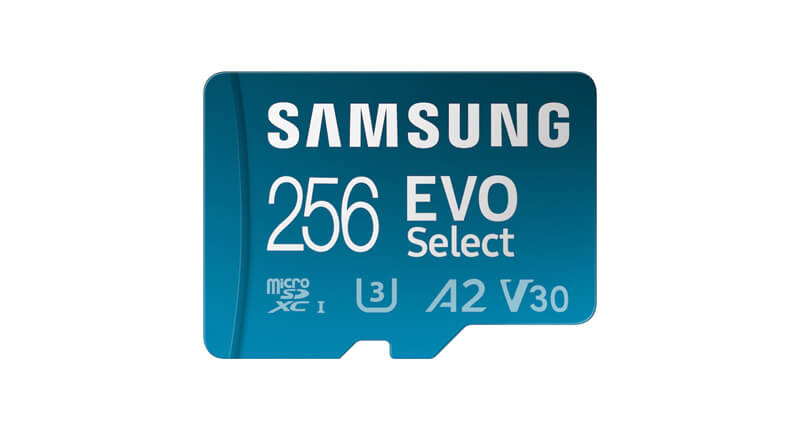
Image Format
Megapixels of Your Camera
Memory Card Size
Number of Images You Can Store
How We Calculate the Amount of Images
- For JPEG, we took the average file size of cameras released in the past 10 years.
We assume you use the highest/finest JPEG quality possible straight out of camera.
- For RAW it’s a bit more complicated. It depends on your camera’s compression options and how many bits used (12, 14 or 16).
For our calculator, we assume your RAW files are 14-bit and lossy compressed. This is because every camera that can shoot RAW has a default option for lossy compressed, whereas other types of compressions may be specific to certain brands.
If you have the choice, we recommend you to shoot in Lossless Compressed RAW to maximize storage without losing any image quality.
All file sizes also vary depending on how much information is in the image itself. Don’t take this calculator as a 100% exact tool, but as a very close reference.
What’s the Best Memory Card Size?

Today, memory cards are highly affordable. Storage used to cost a small fortune just a couple of years ago, but nowadays you can get a 64GB SD memory card for around $10.
For most cameras, phones and drones, we recommend a 128GB or 256GB memory card.
Why?
Most devices today have between 24 and 36 megapixels. With a 128GB card, you are looking at around 5-8 thousand JPEG files capacity. This equals to around ~20 images per day for 1 year, without ever deleting any files. Now think of all the videos, files, applications you may also have.
Here are few references for Sony, Canon and Nikon cameras and their RAW file options.

